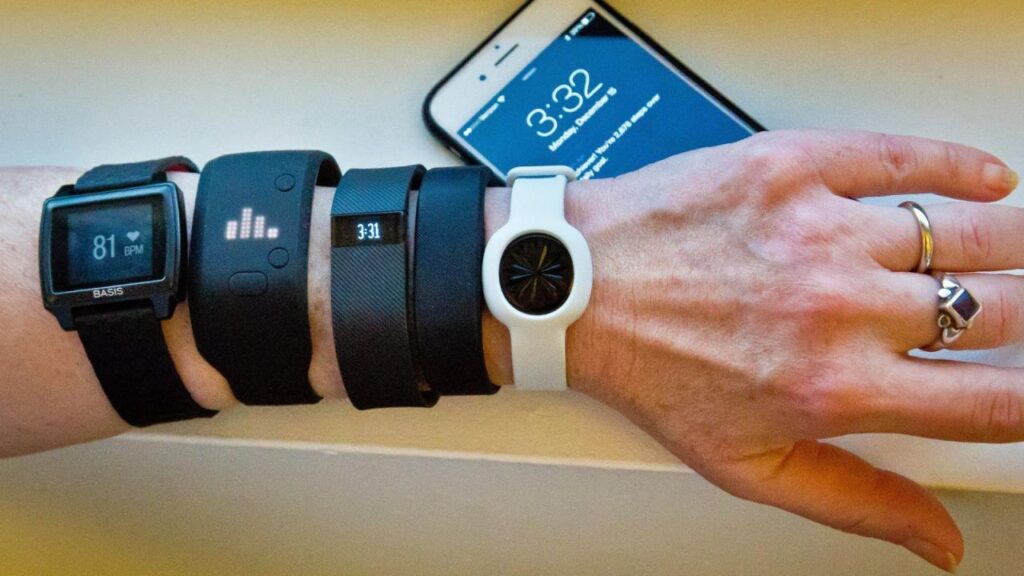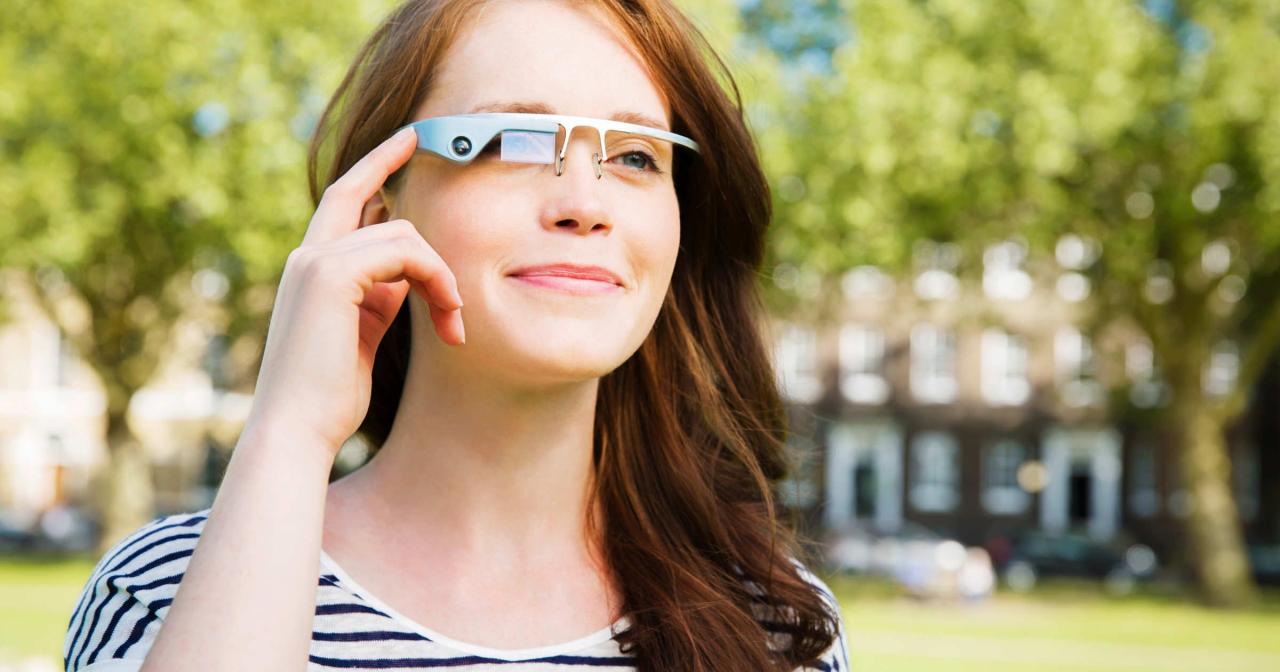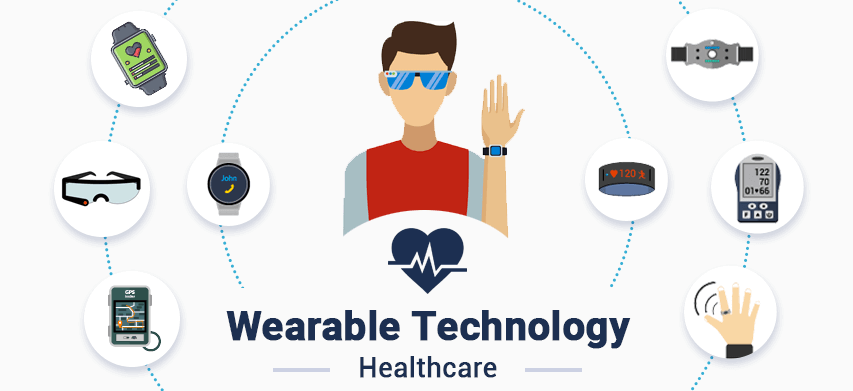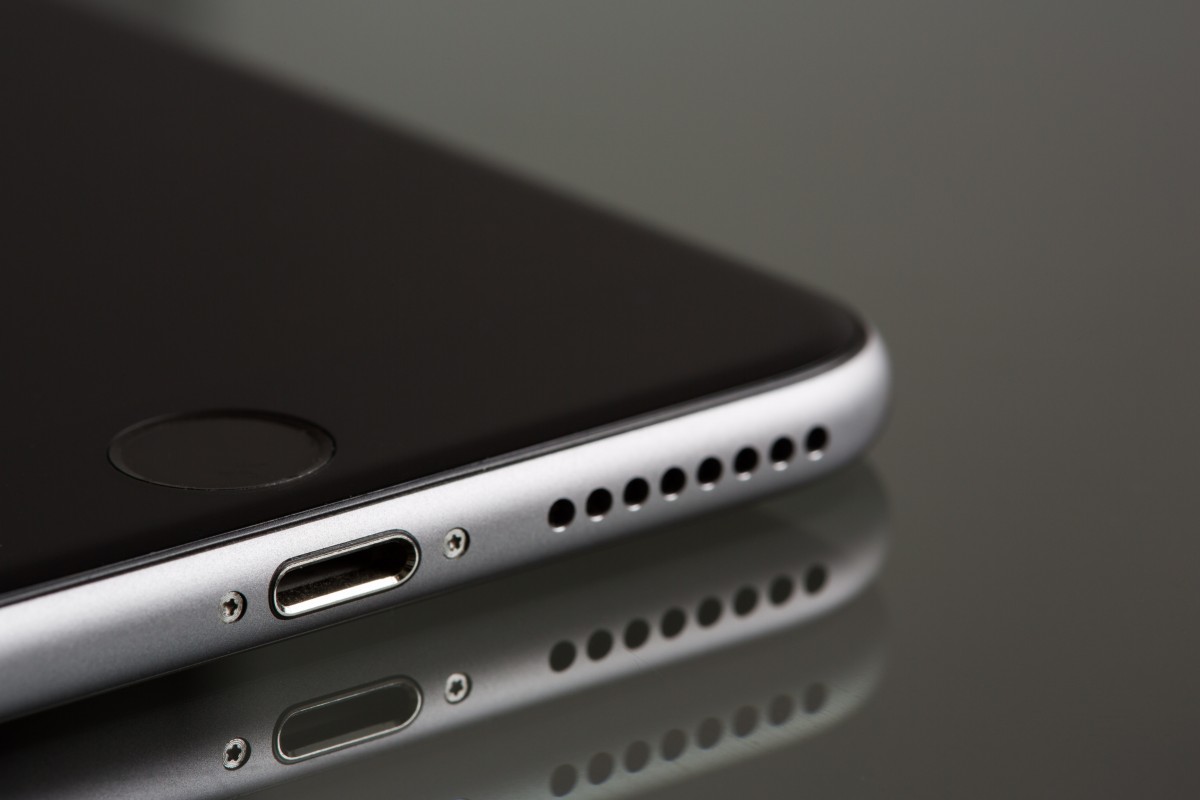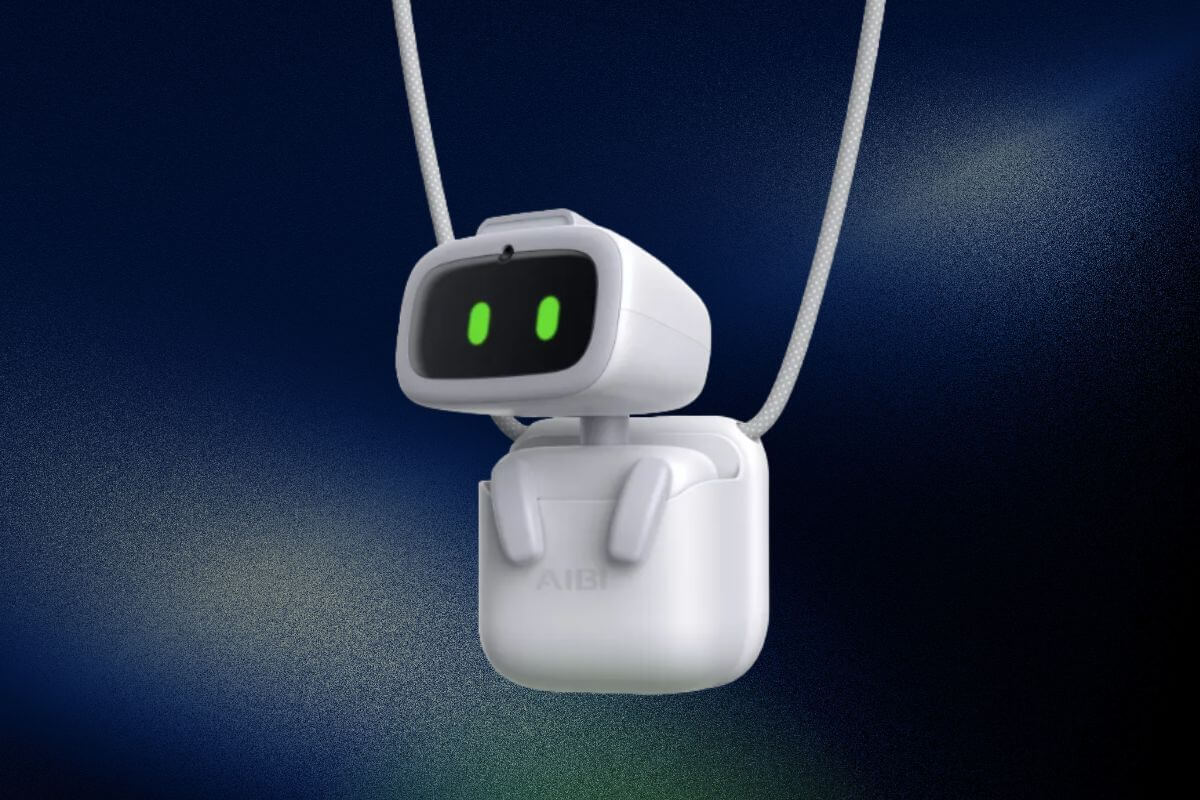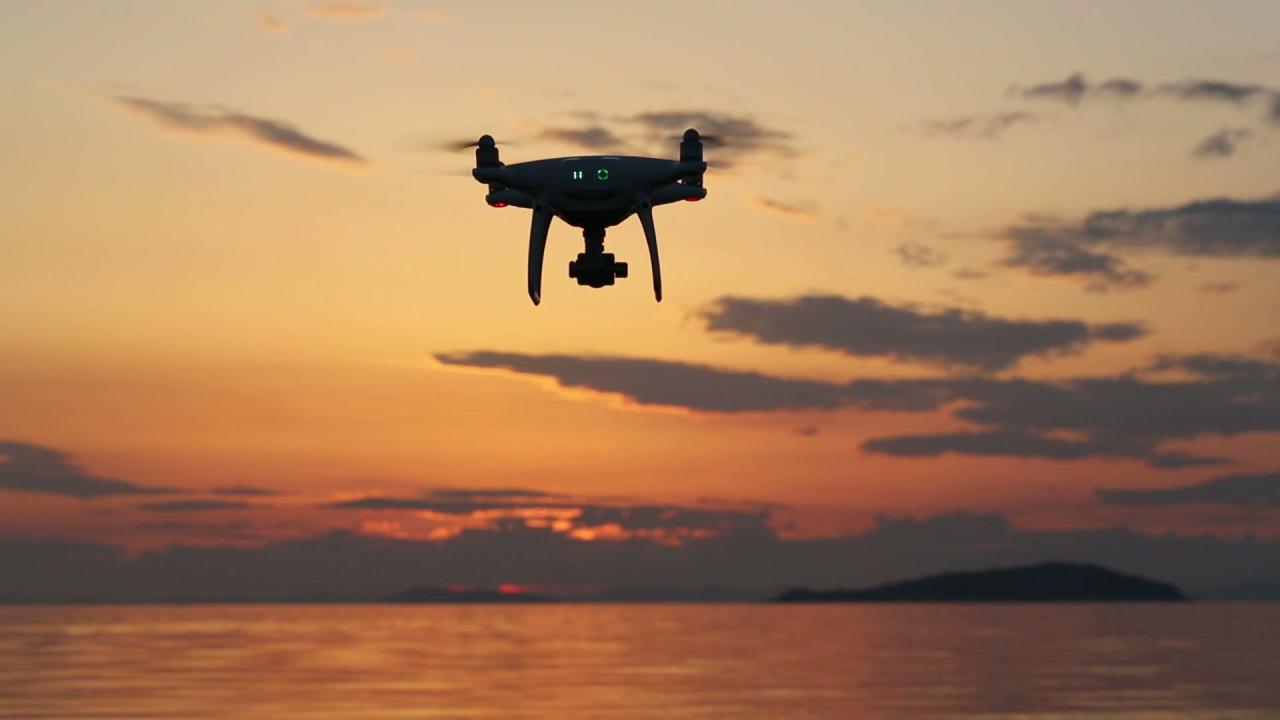The Intimate Convergence of Humans and Technology
In an era defined by relentless technological advancement, wearable technology has emerged as a groundbreaking frontier, seamlessly integrating digital capabilities with our physical selves. While smartwatches and fitness trackers have undeniably popularized the concept, the true revolution extends far beyond these familiar devices. Wearable tech represents an intimate convergence, transforming how we interact with information, monitor our health, enhance our senses, and navigate the world. This comprehensive article delves into the expansive and rapidly evolving landscape of wearable technology, exploring its diverse forms, the innovative functionalities it offers across various sectors, its profound societal implications, and the exciting trajectory of its future development. We’ll unpack the underlying technologies that power these devices and envision a future where technology is not just worn, but truly woven into the fabric of our lives.
Defining Wearable Technology: More Than Just a Gadget
At its core, wearable technology refers to electronic devices that can be worn on the body as accessories, implanted into the user’s clothing, or even tattooed onto the skin. Unlike traditional handheld gadgets, wearables are designed for continuous, unobtrusive use, often incorporating sensors to collect real-time data about the wearer or their environment. Their primary goal is to enhance daily life through convenience, information access, health monitoring, and immersive experiences, seamlessly blending digital intelligence with physical comfort.
A. Key Characteristics of Wearable Technology
Several defining features set wearables apart and contribute to their unique value proposition:
- Portability and Miniaturization: Wearables are inherently compact and lightweight, designed to be worn comfortably for extended periods without hindering movement. This requires significant engineering feats in battery life, component size, and thermal management.
- Sensor Integration: A vast array of miniature sensors forms the backbone of most wearables. These include accelerometers, gyroscopes, heart rate monitors, GPS modules, barometers, skin temperature sensors, and even advanced bio-impedance sensors. They collect data about movement, physiological states, environmental conditions, and location.
- Connectivity: Wearables are almost universally connected, often to a smartphone, a home network, or directly to the cloud via cellular or Wi-Fi. This allows for data synchronization, notifications, and interaction with other smart devices or online services.
- Continuous Data Collection: Unlike devices used intermittently, wearables are designed for always-on data capture. This continuous stream of information provides rich insights into patterns, trends, and real-time changes in health, activity, or environment.
- Personalization: Data collected by wearables often fuels highly personalized insights and experiences, from tailored fitness coaching to customized notifications and adaptive interfaces that learn user preferences.
- Augmented Reality (AR) or Virtual Reality (VR) Capabilities (for some types): Devices like smart glasses or head-mounted displays are designed to augment the user’s perception of reality or provide fully immersive virtual experiences, blending digital information with the physical world.
- Intuitive Interaction: Beyond touchscreens, wearables often rely on voice commands, gestures, subtle haptic feedback, or even brain-computer interfaces (BCIs) for interaction, minimizing the need for overt manual input.
The Expansive Spectrum of Wearable Devices
While smartwatches captured early public imagination, the true breadth of wearable technology extends into numerous categories, each offering specialized functionalities and catering to distinct needs.
A. Smartwatches: The Evolved Wrist Companion
Smartwatches remain the most prevalent form of wearable technology, evolving from simple notification devices to sophisticated health and fitness hubs.
- Fitness and Health Tracking: Modern smartwatches offer comprehensive tracking of steps, calories burned, distance, heart rate (including ECG capabilities on some models), blood oxygen saturation (SpO2), sleep patterns, and even skin temperature. They provide actionable insights into overall wellness.
- Notifications and Communication: Seamlessly integrating with smartphones, smartwatches deliver call, message, and app notifications directly to the wrist, allowing for quick glances and even hands-free replies. Some have independent cellular connectivity.
- Mobile Payments: NFC capabilities transform smartwatches into convenient payment methods, allowing users to make secure transactions with a tap of their wrist.
- GPS and Navigation: Built-in GPS enables precise location tracking for outdoor activities and provides turn-by-turn navigation directly on the watch face.
- Voice Assistants: Integrated voice assistants allow for hands-free control, information retrieval, and smart home management.
B. Fitness Trackers: Dedicated Health Motivators
Often simpler and more affordable than smartwatches, fitness trackers focus primarily on activity and basic health monitoring.
- Activity Monitoring: They track steps, distance, calories, and active minutes, motivating users to achieve daily movement goals.
- Sleep Tracking: Many provide basic sleep analysis, identifying sleep stages and disturbances.
- Heart Rate Monitoring: Continuous heart rate tracking helps users optimize workouts and monitor resting heart rate trends.
- Stress Management: Some trackers incorporate features like guided breathing exercises based on heart rate variability to help manage stress.
C. Smart Rings: Discreet Powerhouses
Emerging as a more discreet wearable option, smart rings pack a surprising amount of technology into a compact form factor.
- Health and Wellness Monitoring: Rings like the Oura Ring specialize in continuous tracking of sleep, heart rate variability (HRV), skin temperature, and activity, providing deep insights into recovery and readiness.
- Payment and Access Control: Some smart rings incorporate NFC for contactless payments and can serve as digital keys for smart locks or vehicle access.
- Gesture Control: Future iterations may enable gesture-based control of other devices or augmented reality interfaces.
- Notifications (Subtle Haptics): While lacking a screen, smart rings can provide subtle haptic vibrations for notifications, maintaining discretion.
D. Smart Glasses and Augmented Reality (AR) Headsets: Blending Realities
Perhaps the most transformative category, smart glasses are designed to overlay digital information onto the real world, creating augmented reality experiences.
- Information Overlay: Displaying notifications, navigation directions, or contextual information directly in the user’s field of vision, hands-free.
- Hands-Free Communication: Integrating cameras and microphones for video calls, photography, and recording from a first-person perspective.
- Immersive AR Experiences: Enabling interactive digital objects to appear within the real environment, transforming gaming, education, and professional tasks.
- Real-time Translation: Displaying translated text of spoken languages as subtitles in real-time.
- Professional Applications: In industries like manufacturing, healthcare, and logistics, AR glasses provide workers with heads-up displays for instructions, remote assistance, and data visualization.
E. Hearables and Smart Earbuds: Beyond Audio
Smart earbuds are evolving from simple audio devices to sophisticated health and productivity tools worn in or around the ear.
- Advanced Audio Capabilities: Noise cancellation, transparency modes, and personalized sound profiles.
- Health Monitoring: Some hearables can track heart rate, body temperature, and even perform basic brainwave monitoring from the ear canal.
- Real-time Language Translation: Offering simultaneous translation of spoken conversations, breaking down language barriers.
- Voice Assistant Integration: Seamless access to AI assistants for hands-free control and information.
- Hearing Augmentation: Adaptive sound processing to enhance specific frequencies or filter out background noise, aiding hearing in challenging environments.
F. Smart Clothing and Textiles: The Wearable Fabric
Integrating sensors and electronics directly into fabrics represents a truly seamless form of wearable technology.
- Performance Monitoring for Athletes: Smart shirts, shorts, and socks can track muscle activity, heart rate, breathing patterns, posture, and biomechanics, providing granular data for training optimization and injury prevention.
- Health Monitoring: Continuously tracking vital signs, body temperature, and movement patterns for medical patients or the elderly, sending alerts for anomalies.
- Adaptive Apparel: Clothing that can self-regulate temperature, light up for visibility, or even change color based on environmental conditions.
- Haptic Feedback Clothing: Garments that provide tactile navigation cues or immersive feedback for VR experiences.
G. Smart Patches and Tattoos: The Skin as an Interface
These next-generation wearables are applied directly to the skin, offering even more intimate data collection and functionality.
- Continuous Glucose Monitoring (CGM): Smart patches for diabetics provide real-time blood glucose readings without invasive finger pricks.
- Medical Diagnostic Patches: Monitoring various biomarkers for early disease detection, drug efficacy, or chronic condition management.
- Electronic Tattoos: Research is exploring temporary or permanent electronic tattoos that can monitor vital signs, act as interfaces, or provide aesthetic enhancements with embedded lights.
- Drug Delivery Systems: Patches capable of precisely delivering medication based on physiological data or a programmed schedule.
H. Advanced Implants and Ingestibles: The Future of Internal Tech
While highly specialized and often in medical or experimental stages, internal wearables represent the ultimate integration of technology with the human body.
- Brain-Computer Interfaces (BCIs): Devices implanted in the brain to allow direct communication between the brain and external devices, offering potential for treating neurological disorders, controlling prosthetics, or enhancing cognitive functions.
- Medical Implants: Smart pacemakers, continuous vital sign monitors, and neural implants that can stimulate nerves for pain relief or treat epilepsy.
- Smart Pills/Ingestible Sensors: Tiny sensors swallowed by patients to monitor internal conditions, track medication adherence, or capture images of the digestive tract.
The Technology Underpinning Wearables: A Symbiotic Ecosystem
The advancements in wearable technology are not singular breakthroughs but rather the result of a symbiotic evolution across multiple technological domains.
A. Miniaturization of Electronics and Batteries
The ability to create increasingly small and energy-efficient components, including microprocessors, sensors, and communication modules, is fundamental. Simultaneously, advancements in battery chemistry (e.g., solid-state, silicon-anode) and efficient power management are crucial for extending device lifespan between charges while maintaining a compact form factor.
B. Advanced Sensor Technology
The continuous development of highly sensitive and accurate sensors capable of measuring subtle physiological changes or environmental parameters is vital. This includes optical heart rate sensors, accelerometers for motion tracking, highly precise GPS modules, and even electrochemical sensors for analyzing sweat or other bodily fluids.
C. Artificial Intelligence (AI) and Machine Learning (ML)
AI and ML are the brains behind sophisticated wearable functions. They enable:
- Pattern Recognition: Identifying trends in health data, sleep cycles, or activity patterns.
- Personalized Insights: Providing tailored advice, coaching, and alerts based on individual data.
- Contextual Awareness: Understanding the user’s activity, environment, and intent to provide relevant information or adjust device behavior.
- Noise Reduction and Data Filtering: Processing raw sensor data to extract meaningful information and filter out noise.
D. Wireless Connectivity (Bluetooth LE, Wi-Fi, 5G, UWB)
Efficient and reliable wireless communication protocols are essential for data synchronization, real-time notifications, and connectivity with other devices or the cloud. Bluetooth Low Energy (BLE) is crucial for power-efficient connections, while Wi-Fi and 5G enable higher bandwidth applications, and Ultra-Wideband (UWB) offers precise spatial awareness for location-based services.
E. Flexible and Stretchable Electronics
For smart clothing and skin patches, the development of flexible, stretchable, and even washable electronic components is revolutionary. This allows for seamless integration into fabrics without sacrificing comfort or durability. Materials like conductive polymers and flexible circuit boards are at the forefront of this innovation.
F. Cloud Computing and Data Analytics
While some processing occurs on the device (edge computing), much of the long-term data storage, complex analysis, and AI model training happen in the cloud. Robust cloud infrastructure is necessary to handle the massive amounts of data generated by millions of wearables, providing the computational power for deep insights and trend analysis.
Reshaping Lives and Raising Questions
The widespread adoption of wearable technology brings with it a complex array of societal implications, influencing personal behavior, public health, privacy, and even ethical considerations.
A. Health and Wellness Empowerment
Wearables are democratizing health information, empowering individuals to take a more proactive role in managing their well-being. They foster greater health awareness, encourage active lifestyles, and can provide early warnings for potential health issues. This shift towards preventative care could significantly reduce healthcare burdens in the long term.
B. Data Privacy and Security Concerns
The continuous collection of highly personal biometric and activity data by wearables raises significant privacy concerns. Questions arise about who owns this data, how it’s stored, who has access to it, and how it’s protected from breaches or misuse. Robust data encryption, anonymization, and clear privacy policies are paramount.
C. Enhanced Productivity and Efficiency
In professional settings, wearables can streamline workflows, provide hands-free access to information, and enhance communication. From smart glasses guiding assembly line workers to specialized trackers monitoring the safety of remote employees, wearables boost efficiency across various industries.
D. Digital Divide and Accessibility
While wearables offer immense potential for accessibility (e.g., smart glasses for the visually impaired, haptic feedback for the hearing impaired), their cost and reliance on other technologies (like smartphones) can exacerbate the digital divide for those without access or means. Ensuring inclusive design and affordability is crucial.
E. Ethical Considerations of Human Augmentation
As wearables become more advanced and even move towards implants, ethical questions surrounding human augmentation arise. Where do we draw the line between assistance and enhancement? What are the implications for social equality if only some have access to such enhancements?
F. Impact on Social Interaction
The constant presence of wearables can alter social dynamics. While some argue they encourage connectivity, others express concerns about increased distraction, reduced face-to-face interaction, and the potential for surveillance in social settings, particularly with camera-equipped smart glasses.
Future Trends in Wearable Technology
The future of wearable technology is dynamic and brimming with potential. Several key trends are poised to drive the next wave of innovation.
A. Hyper-Personalization and Predictive Analytics
Future wearables will move beyond simply tracking data to offering highly sophisticated, predictive insights. They will anticipate health issues before they arise, recommend personalized interventions based on detailed physiological and behavioral models, and adapt experiences seamlessly to individual needs and preferences.
B. Seamless Integration into Everyday Objects and Clothing
The trend towards invisible technology will accelerate. Wearable electronics will be increasingly integrated into everyday objects – from furniture that monitors sleep to jewelry that detects stress levels – becoming so unobtrusive that we scarcely notice them. Smart fabrics will become commonplace, embedding health monitoring and interactive features directly into clothing.
C. Advanced Biometric Authentication
Beyond current facial and fingerprint recognition, future wearables may use continuous, passive biometrics for authentication. This could include gait analysis, unique heart rhythm patterns, or even brainwave authentication, creating a truly passwordless and highly secure digital identity tied to the individual.
D. Pervasive Health Monitoring and Proactive Healthcare
Wearables will play an even more central role in healthcare, moving from consumer wellness to medical-grade diagnostics. They will continuously monitor a wider range of biomarkers, facilitate remote patient monitoring for chronic conditions, and provide critical data for early disease detection and personalized treatment plans, blurring the lines between personal devices and clinical tools.
E. More Intuitive Human-Computer Interaction
Expect a shift from traditional screen-based interfaces to more natural and intuitive interactions. This includes advanced gesture control (e.g., subtle hand movements detected by a ring or watch), refined voice commands, eye-tracking in smart glasses, and potentially even early forms of brain-computer interfaces for direct thought control.
F. Enhanced Augmented and Mixed Reality Experiences
Smart glasses will evolve into full-fledged Mixed Reality (MR) devices, seamlessly blending digital and physical worlds with unprecedented realism. They will offer truly immersive experiences for entertainment, education, collaboration, and professional applications, moving beyond simple overlays to truly interactive digital environments.
G. Energy Harvesting and Longer Battery Life
To overcome the persistent challenge of battery life, future wearables will increasingly incorporate energy harvesting technologies (e.g., converting body heat, movement, or ambient light into electricity) to supplement traditional batteries or even power devices autonomously. This will enable truly “always-on” wearables without frequent charging.
H. Micro-Robotics and Actuation
While speculative, the integration of micro-robotics or tiny actuators into wearables could allow for subtle physical interactions with the user – perhaps providing gentle haptic feedback on specific body parts for navigation, or even dynamically adjusting the fit of clothing.
Conclusion
Wearable technology is not just a passing fad; it represents a fundamental shift in how we conceive of and interact with electronics. From the familiar smartwatches that grace our wrists to the nascent smart tattoos and internal implants, these devices are extending our capabilities, deepening our understanding of ourselves, and fundamentally reshaping our daily lives.
The journey beyond watches is a testament to innovation, miniaturization, and the increasing integration of artificial intelligence. As these technologies mature, they promise a future where digital assistance is truly omnipresent, seamlessly woven into the fabric of our existence, making us more connected, more informed, and ultimately, more capable. However, this exciting future also demands careful consideration of the ethical, privacy, and societal implications, ensuring that this profound technological convergence serves to empower and uplift all humanity. The era of the augmented self is upon us, and its full potential is only just beginning to unfold.

